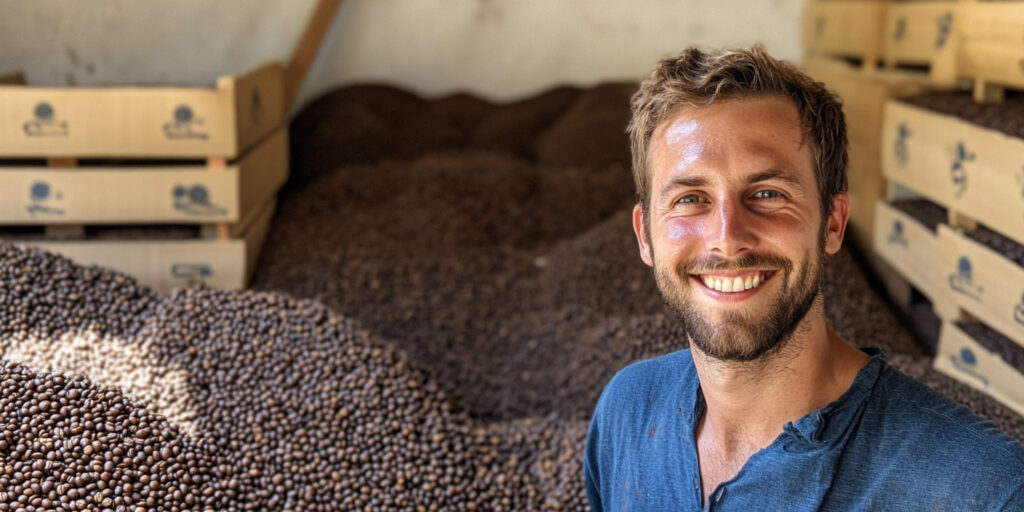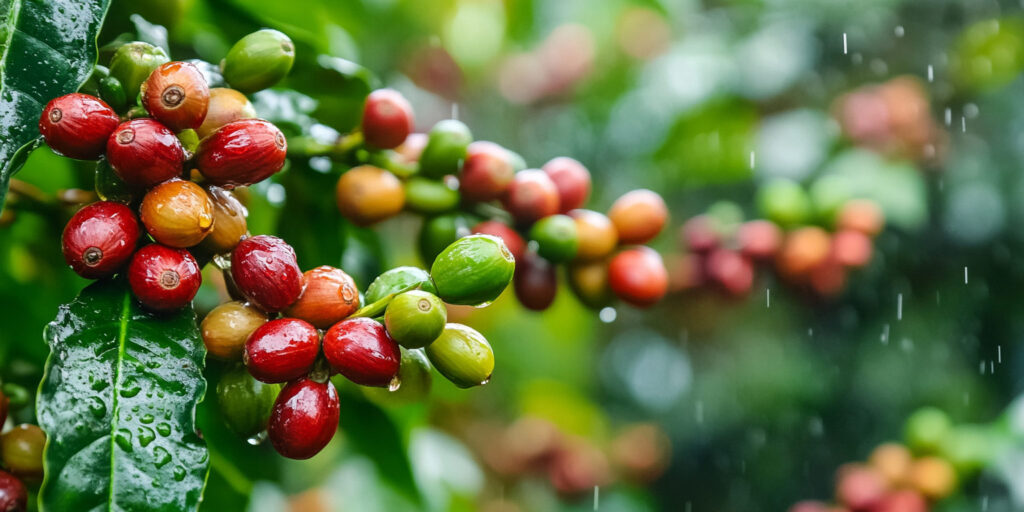Short Answre: Coffee’s delicate flavors and rich aromas are easily compromised by moisture. Here’s why: coffee is hygroscopic, meaning it absorbs moisture from the air. When exposed to high humidity or improperly sealed packaging, coffee’s natural oils degrade, and its quality suffers. Moisture also encourages mold growth and staling, two enemies of the perfect brew.
Modern coffee packaging is designed to combat these threats. Most premium options, such as multi-layered bags with one-way valves, work to keep moisture out while allowing carbon dioxide from roasted beans to escape. Without this protective barrier, coffee loses its vibrancy and freshness much faster.

Protecting Coffee from Moisture: Best Practices
Safeguarding coffee from moisture requires careful handling and the right tools. Here’s how to do it:
- Use Airtight Containers: Store coffee in airtight jars or bags with resealable seals to prevent exposure to humidity.
- Pick the Right Spot: Avoid keeping coffee in damp or humid areas, like near sinks or in the refrigerator. A cool, dark cupboard is ideal.
- Invest in High-Quality Packaging: For large-scale operations, choose packaging materials with a protective foil lining and one-way degassing valves.
By maintaining a low-humidity environment and investing in proper packaging, coffee drinkers and producers alike can ensure optimal freshness.
Stages Where Moisture Most Affects Coffee Quality
Moisture can affect coffee quality at various stages of production and distribution, but these are the most critical points:
- Harvesting: Beans must be dried to an ideal moisture content (around 10–12%) to prevent fermentation and spoilage during storage.
- Storage After Processing: Whether green beans or roasted coffee, proper storage conditions are essential. Poorly ventilated warehouses or high-humidity areas can cause beans to absorb moisture, ruining their quality.
- Shipping: During transit, fluctuating temperatures and exposure to humid air can harm coffee. Moisture-barrier packaging is critical at this stage.
- Retail Shelves: Coffee left in inadequate packaging or exposed to fluctuating humidity on store shelves is vulnerable to staling.
Understanding these touchpoints allows both producers and consumers to mitigate risks at every stage.

Can You Fix Moisture-Damaged Coffee?
Sadly, coffee that’s been significantly damaged by moisture can rarely be restored to its original state. Moisture alters the beans’ structure and flavor profile, often leaving a stale or sour taste. However, for mild exposure, there are some salvage options:
- Repurpose: Use slightly compromised coffee for cold brews, where steeping times and dilution can mask some off-flavors.
- Composting: Turn damaged beans into compost to nourish your garden.
- Prevention for the Future: Invest in better storage and packaging to avoid similar issues in the future.
While there’s little you can do once coffee is compromised, taking proactive measures will save you from losing a good batch.

Additional Note: Moisture on the Vine is Natural
It’s important to note that moisture isn’t always harmful to coffee. In fact, while coffee cherries are still growing on the vine, exposure to rain or dew is a natural and harmless part of the process. The key is that once the cherries are harvested, they must be carefully dried to the right moisture level to prevent spoilage. Proper drying ensures the beans are stable and ready for the next stages of processing and packaging. This balance between natural moisture and post-harvest care is essential for high-quality coffee.
“Seal the Deal – Keep Moisture Out!”
Moisture is one of the greatest threats to coffee quality, but understanding its impact and taking preventive measures can help preserve your beans’ integrity. Whether you’re a coffee producer or a home brewer, investing in proper storage and packaging is key to delivering or enjoying the perfect cup. Remember, a little extra care today can ensure every brew is a masterpiece tomorrow.

